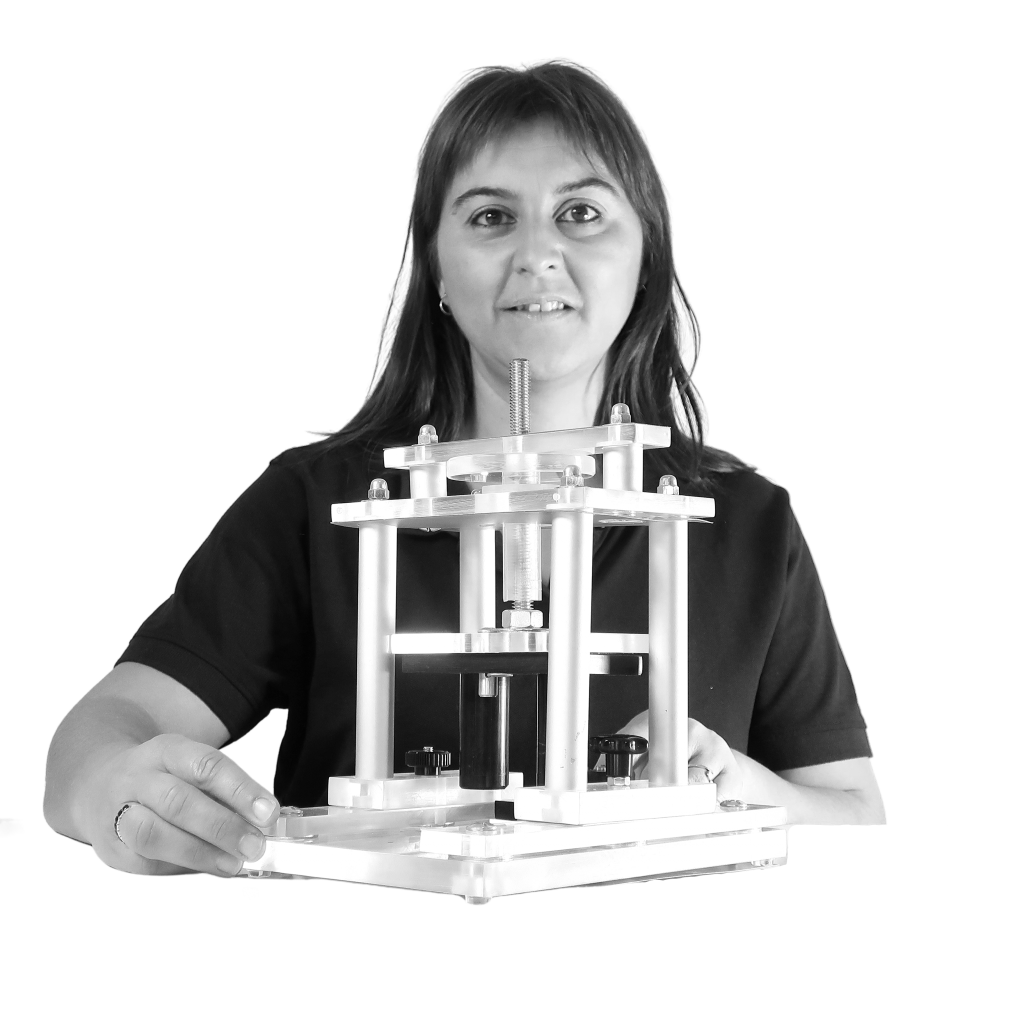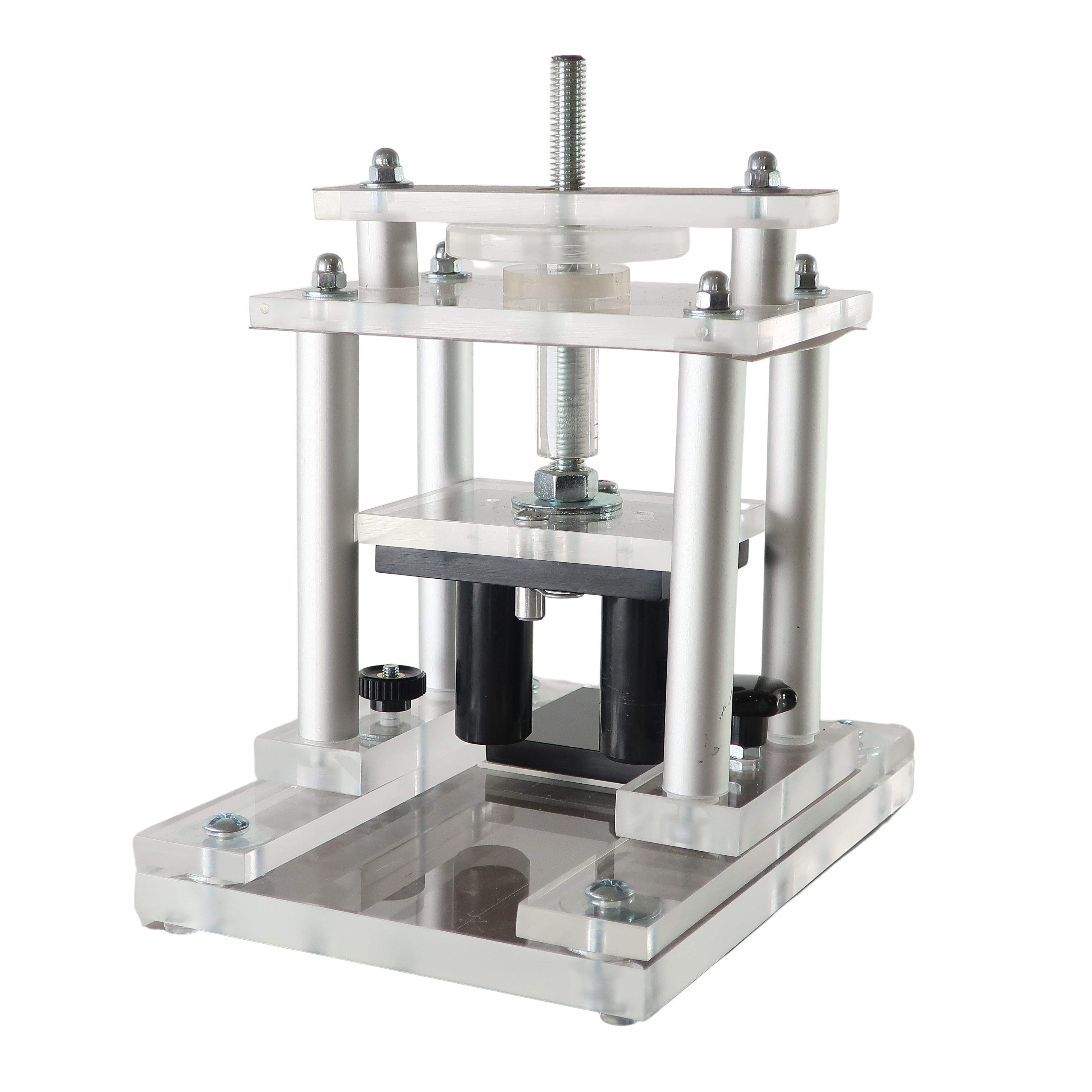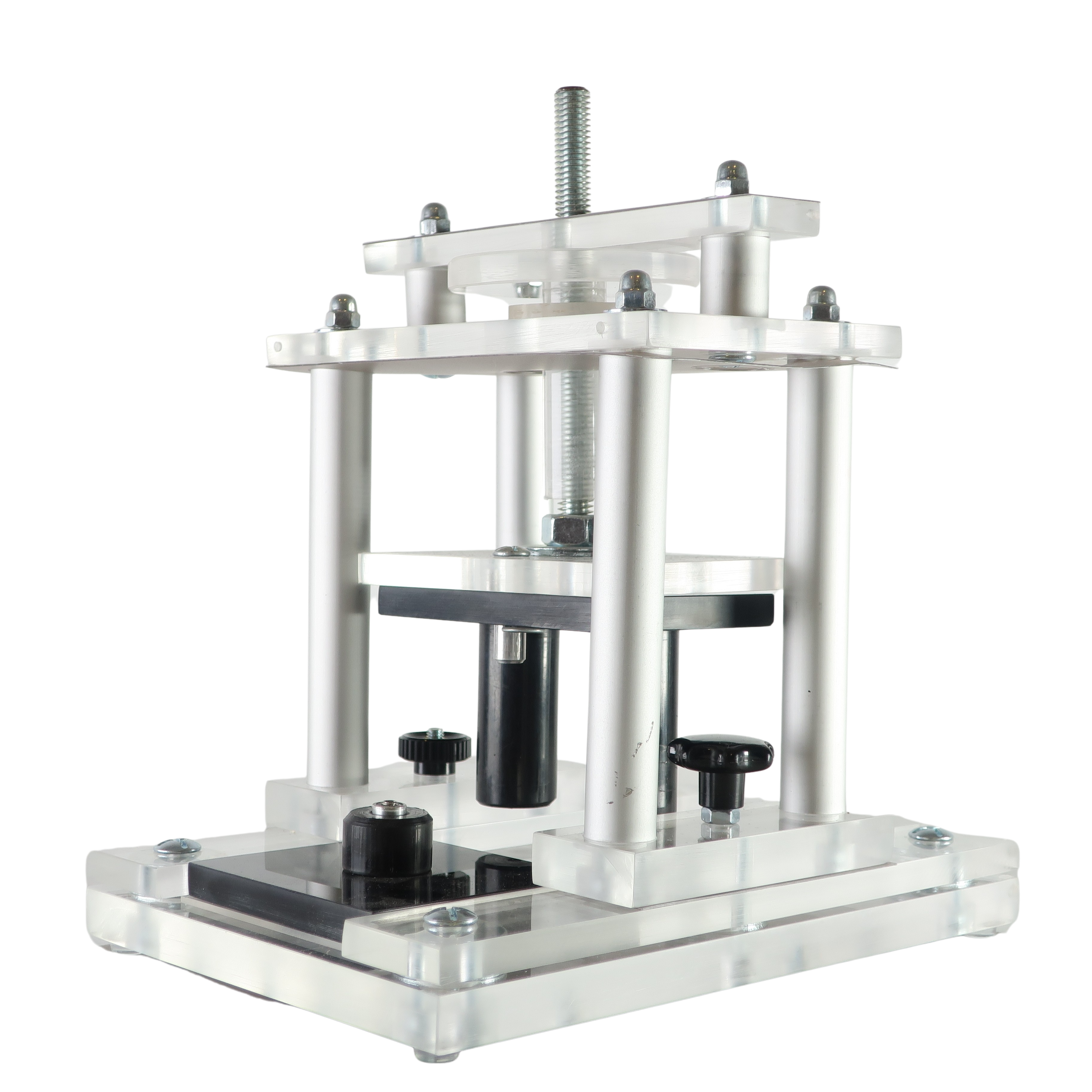WHY WE NEED THIS SIMULATION
SMED is the dynamic that helps to create flexible processes adapted to the customer's needs.
Reducing changeover times and tooling is the key factor in reducing inventories. The SMED methodology allows spectacular improvements to be achieved in a short period of time. The game is played in four phases. In each phase, participants apply the methodology to reduce changeover times.
PRICE: 750 EUR + VAT
WHAT ALLOWS US TO TRANSMIT
Flexible and customer-driven processes
SMED is the acronym for 'Single Minute Exchange of Die', which can be explained as a tool or reference change in less than 10 minutes. This tool was developed by Shigeo Shingo during his work at Toyota and managed to significantly reduce changeover times.
SMED is the methodology that aims, in the first instance, to improve one of the main causes of loss of OEE (process efficiency), namely changeover times. The 'changeover time' is defined as the non-productive period between the instant in which the last part of a reference is produced and another instant in which the first correct part is produced at the standard production rate of the next reference.
Observation of the change by breaking it down into small activities and measuring distances travelled, time spent on each elementary activity and tools required. Existing 'muda' in the process are also identified. Recording the change process is highly recommended, allowing for later review, before-after comparison and training of the staff involved.
Once the change information has been collected, differentiate clearly which change activities are carried out with the equipment or process stopped (internal activities) from those that can be carried out with the equipment or process running (external activities).
Within the set of activities that are carried out with the equipment or process stopped (internal activities), assess which ones can be carried out with the equipment or process running and convert them into external activities. See what changes are needed to achieve this. Minimising the downtime of the stopped equipment or process is one of the main objectives, although not the only one. It is important to emphasise at this point that moving from 'internal' to 'external' activities should under no circumstances imply the possibility of putting the operator making the change at risk.
At this point, we should seek to eliminate those activities that are not necessary and optimize the remaining ones to try to minimize the time needed to carry them out. Simplifying the process is the key to optimization.
Drawing up a standard for the new change process to enable staff training. Plan the actions to be carried out and the extension of this new method of change to the rest of the processes or similar areas.

The SMED game is a simulation based on a machine set up to work with two different tools. A team of two participants must switch from one tooling to the other. This activity will be repeated in several phases of the game as the team of participants and observers apply the SMED methodology. As a result, in each of these phases, the changeover time will be reduced by about 50% compared to the previous phase.
The game is played in several phases. Between one phase and the next, the trainer must explain the current state of the change process and the improvements to be made in order to move to the next level. Thus, in each of these stages of improvement, participants will be able to identify the impact associated with improving standards, reducing tools, improving measurement equipment, etc. At the end of the session, participants will be able to understand the systematic application of the SMED methodology and the benefits associated with this improvement in times of change.
The game helps everyone involved to be part of the solution
METHODOLOGY STEP BY STEP
The development of a phased training is revealing and instructive because it helps to generate knowledge in each of the phases, as participants identify the effects of every change introduced with respect to the previous phase. The Apex Mindset games are structured as follows:
1 Introduction
Definition at the beginning of each phase of the challenge and the scope of the problem faced by the team
2 Training
Explanation of the theoretical contents to be applied to solve the problem posed by the game
3 Application
Development of the game phase, applying the concepts explained in the training
4 Learning
Review of the results and assessment of the contribution of each of the concepts introduced. Moving on to the next phase

1. Introduction
2. Training

3. Application
4. Learning
PRICE: 750 EUR + VAT
The game helps everyone involved to be part of the solution
The trainer should be an expert in facilitating games and simulations with experience in leading improvement teams.
Game to be played in a large room so that players and observers can share and participate in the experience.
The game is designed to take between 1 and 2 hours, depending on the content of the training.
All in one box: what you need for the facilitation and development of the game is all included inside the product box.
